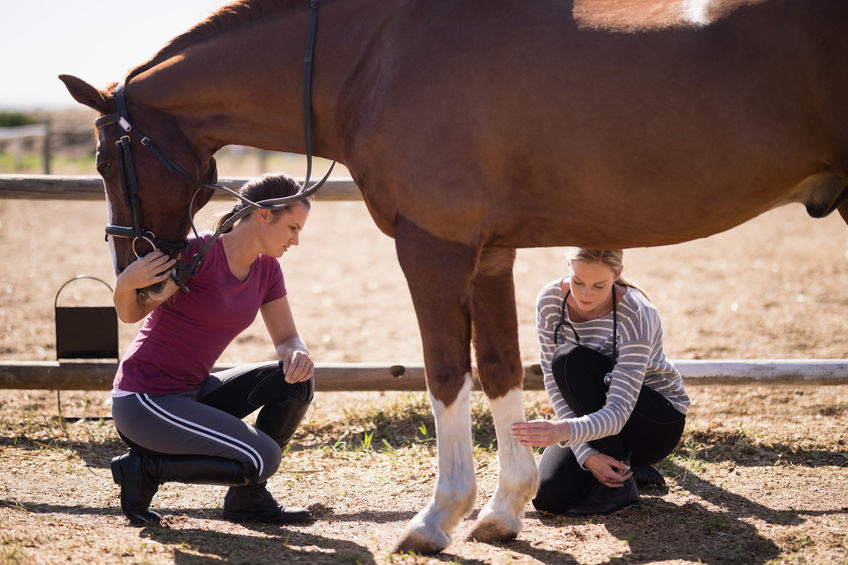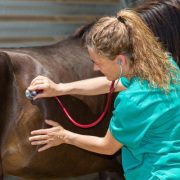A review of normal radiographical variants commonly mistaken for pathological findings in horses
A review of normal radiographical variants commonly mistaken for pathological findings in horses

Requires membership/payment
This article can be accessed via RCVS Knowledge Library Membership (click here).
In our edition of: Feb 2021
In our categories of: equine
our summary:
Hinkle, F.E. et al. (2020) A review of normal radiographical variants commonly mistaken for pathological findings in horses. Equine Veterinary Education, 32 (12), pp. 664 – 672.
The aim of this review article was to highlight a range of normal radiographical variants that are commonly mistaken for pathological abnormalities in horses to help practitioners minimise inappropriate case management and unnecessary surgery.
The review focuses on the following equine anatomical sites:
- Distal phalanx, navicular bone and distal interphalangeal joint
- Proximal and middle phalanges, proximal interphalangeal joint and fetlock
- Carpus
- Elbow, shoulder, tarsus and stifle
- Cervical spine
- Thoracic spine
- Nutrient foramina.
For each of these anatomical sites, the authors describe normal anatomical architecture and variants, differentiating them from degenerative changes and pathological abnormalities. Multiple radiographic images are used to illustrate the discussion.
The authors conclude that there are multiple radiographical variants associated with normal conformational or anatomic variations. Recognising these normal variants is essential to avoid inappropriate radiographical interpretation and subsequent improper case management.
This review highlights multiple radiographic variants normally present in a proportion of the equine population. It is important to be able to recognise these normal variants to ensure accurate interpretation of radiographic images to avoid misdiagnosis and improper case management of any findings.
Image copyright attribute: Wavebreak Media Ltd
Join the discussion
We encourage discussion on all material highlighted in each edition of inFOCUS. Use the button below to join the conversation on Twitter and include your comment in the feed for this issue.










Leave a Reply
Want to join the discussion?Feel free to contribute!